Top Tips For The Great North Run: Everything You Need To Know
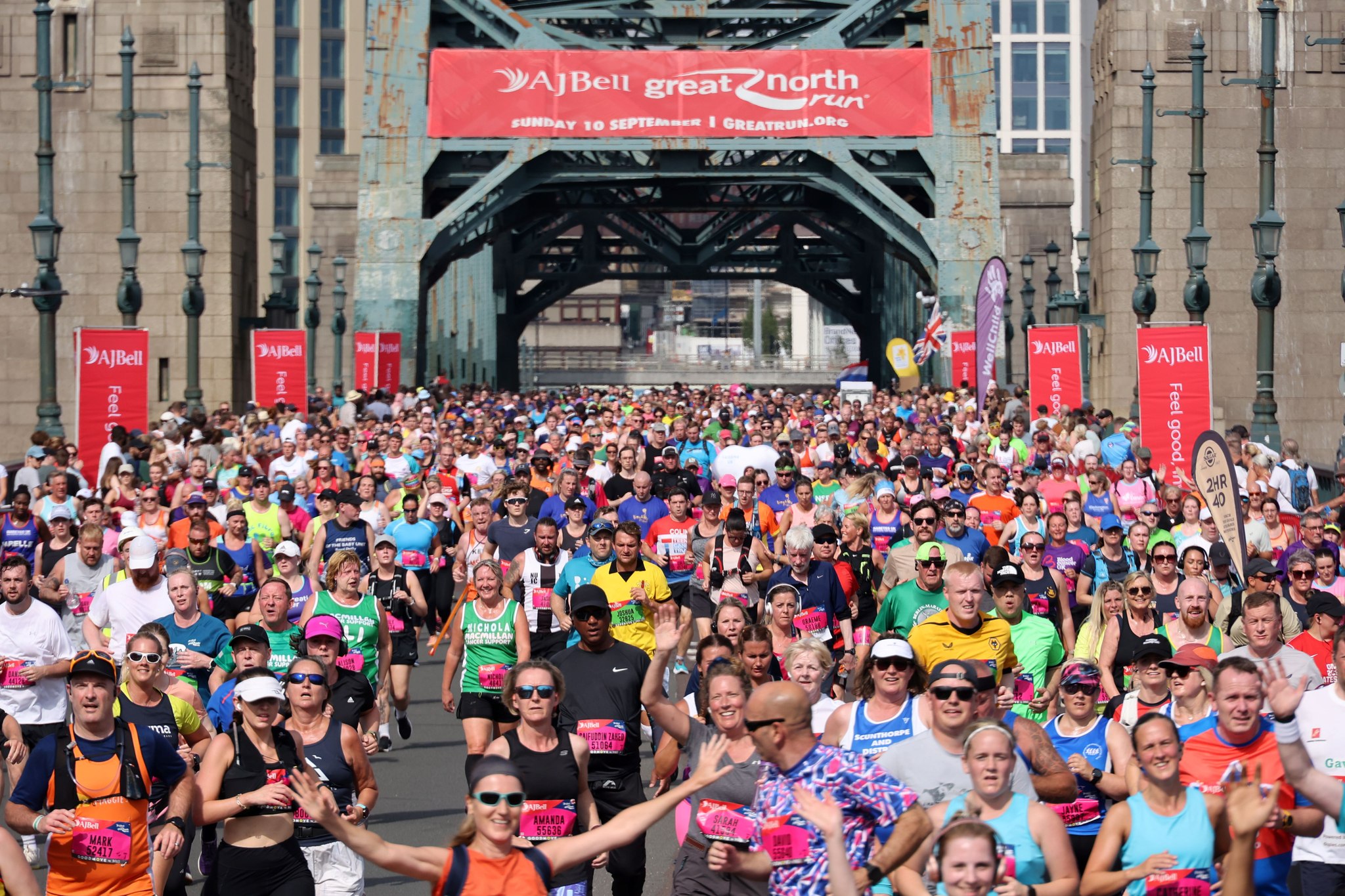
The biggest half marathon in the world, the Great North Run sees 60,000 people run from Newcastle to South Shields every September.
The 2024 running is the 43rd Great North Run making it one of the oldest half marathons in the UK. There’s a very strong elite field of runners – the 2024 line up includes Eilish McColgan, Vivian Cheruiyot, Mark Scott, Evans Chebet and Sisay Lemma.
Here’s everything you need to know about the race. In this guide we cover:
- Things to know before the Great North Run
- Top Course Tips For The Great North Run
- Is The Great North Run A Good Race For A Personal Best?
- Will The Red Arrows Fly Over In 2024?
- How To Train For The Great North Run
- How To Get Into The Great North Run
THINGS TO KNOW BEFORE THE GREAT NORTH RUN
The mass start of the race is at 10.55am, but there are three different start waves and your race bib colour tells you your wave. The final wave begins at 11.55am. If you have friends and family on the course then make sure they know what time you begin, and what time to expect to see you out on the roads. Follow your event guide to know exactly how and when to get to the start line.
You need to be at the start much earlier than your wave start time to drop off your bag and to get into your start corral. Bag drop closes up to an hour before the wave start time.
Perhaps the most important tip is to figure out your pre-race and post-race logistics.
Be prepared to walk in the morning as entry into the start area could be a 20-30 minute walk from main public transport stops. And then be prepared to wait around before the start – if it’s cold or wet then a spare top (you can donate it to charity when you take it off).
After the race, there are thousands of people trying to get back to Newcastle so it can be very congested on public transport. For mid-pack and slower runners, there will be even more traffic on public transport so there can be significant waits. Any supporters following the race will also want to consider this.
Put some warm, dry clothes and some food in your drop bag as it can take a long time to get from South Shields back to Newcastle.
It’s a busy race with a lot of people. It can be loud in the beginning and at the end, though the middle section of the race can be quiet.
Headphones are allowed in the Great North Run, so if you like listening to music then put on your favourite playlist for the middle miles. Or there’s music and entertainment all along the course.
Be prepared for hills. It’s not a flat course and while there are no steep uphills, there are some long, steady inclines and descents.
Here’s a video from 2023 to give you an idea of what the Great North Run is like.
TOP COURSE TIPS FOR THE GREAT NORTH RUN
The run starts on the Central Motorway in Newcastle city centre (but don’t worry, it doesn’t feel like a motorway with thousands of people there ready to run!), and it ends alongside the sea in South Shields.
It’s not a flat course. The first section is all downhill, which is nice, but don’t set out too fast.
The first main uphill is around 1.5 miles into the race and takes you over the iconic Tyne Bridge. Thankfully you may not notice the hill because you’ll be enjoying the view.
It’s a steady uphill from miles 3-5, so don’t try and push too hard here because from mile 5 to 11 it’s downhill and undulating.
After going up the final hill at mile 12, you’re rewarded with a view of the sea followed by a short, steep downhill, then it’s a flat mile to the finish where the noise increases as thousands of supporters come out to cheer you.
A word about the weather… Early September in Newcastle could be lovely and sunny and cool, it could be hot, or it could be pouring with rain with a driving wind (especially as you get closer to the finish). Check the forecast and pack for all weather conditions.
Here’s the Strava route of the Great North Run
IS THE GREAT NORTH RUN A GOOD RACE FOR A PERSONAL BEST?
We’ve mentioned that it’s a hilly course, but it’s not necessarily a slow course. The ups are never terribly steep, and the down hills and long and steady which allows you to run quicker than on the flats.
The course records tell us that this is a place where it’s possible to run fast.
The men’s record is 58:56 by Kenya’s Martin Mathathi. The women’s record is 1:04:28 by Kenya’s Brigid Kosgei.
What about slower runners? Well, the course cut off is 4 hours 15 minutes. If you haven’t reached mile 8 by 14.45pm then you’ll be asked to move onto the pavement to continue your run to South Shields.
WILL THE RED ARROWS FLY OVER IN 2024?
No, afraid not. They’re on international duties in Canada so won’t by flying over the Tyne Bridge in 2024.
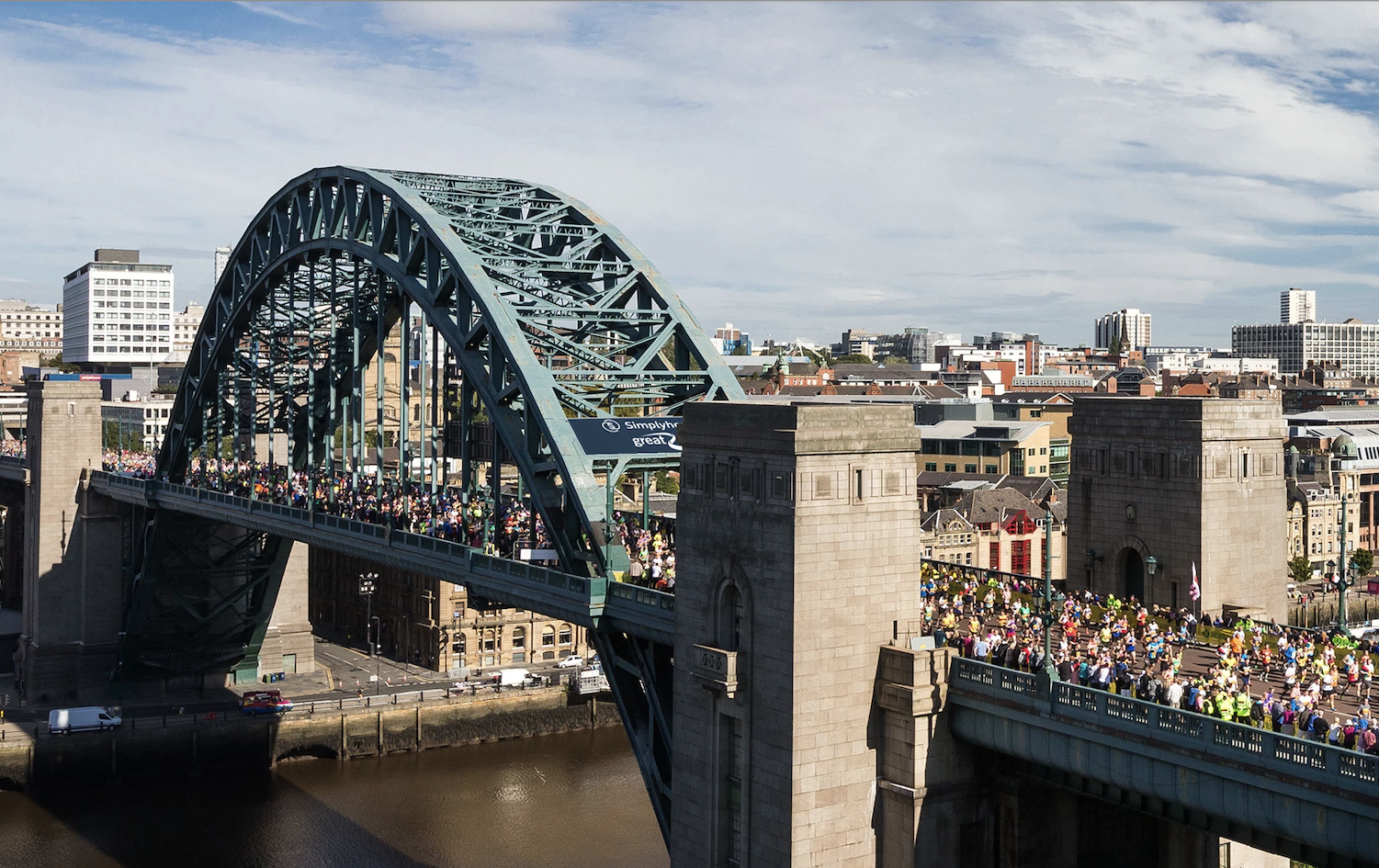
HOW TO TRAIN FOR THE GREAT NORTH RUN
You can train for the Great North Run like you would for any road half marathon, but one thing to consider for the Great North Run is that it’s quite a hilly course, so practising on hills will help prepare your legs for the ups and the downs.
During your training try to find a few routes where you have long, steady hills. Aim for a hill that’s around one mile long and run up and down that a couple of times at your half marathon pace. The more often you run up and down hills, the stronger you’ll feel on race day.
HOW TO GET INTO THE GREAT NORTH RUN
Most runners get into the Great North Run via the ballot. The ballot for 2025’s race opens on Wednesday 4 September at 10am and runs until Friday 13 September at 12pm. All applicants will receive an email with the result of the ballot entry by Wednesday 18th September 2024. Find out more about the Great North Run ballot here. Entry into 2024’s race was £62.
There are also many charity places available for the Great North Run. To apply, go direct to the charity.
***
Have you got any top tips to share about the Great North Run?

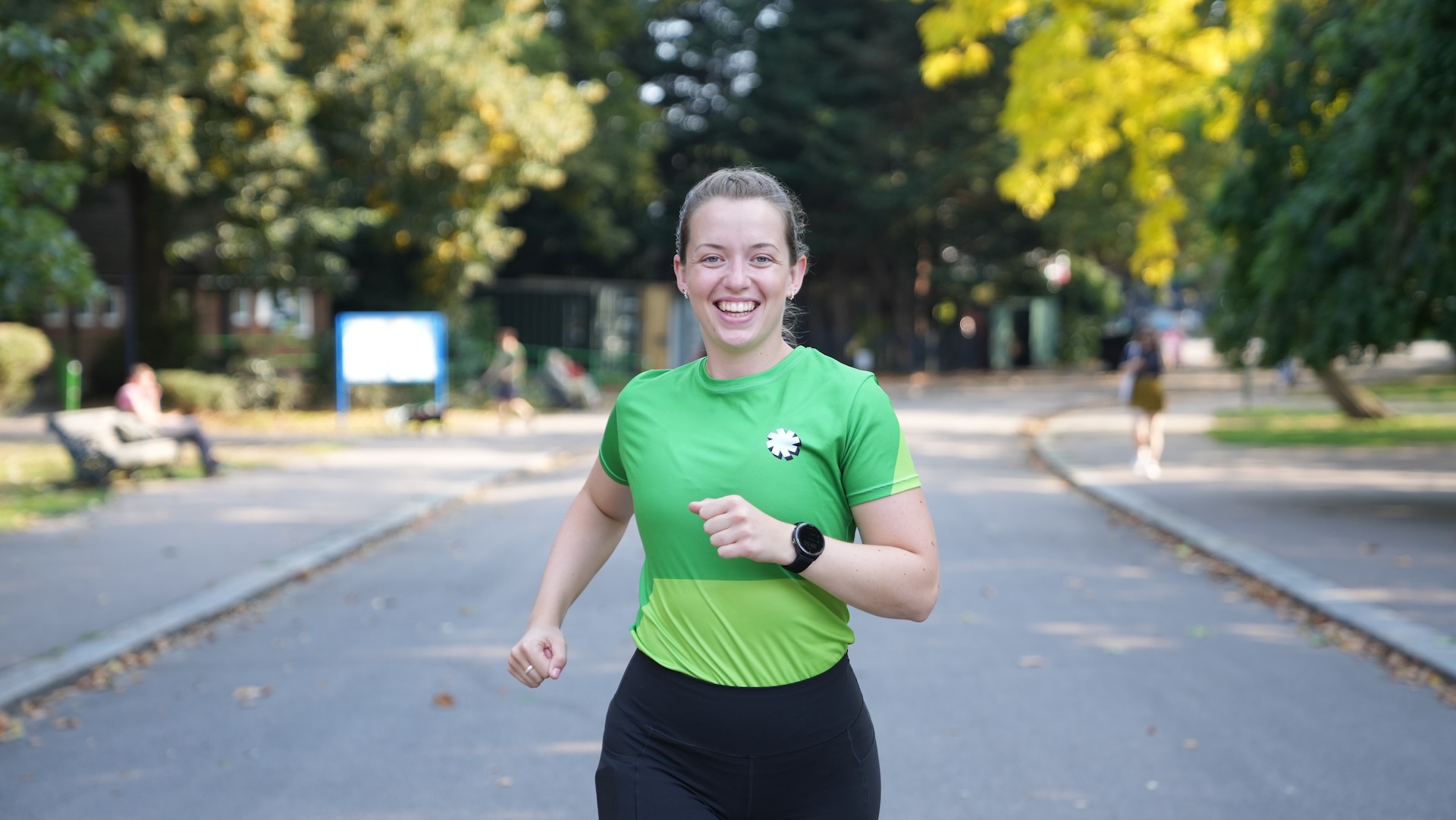

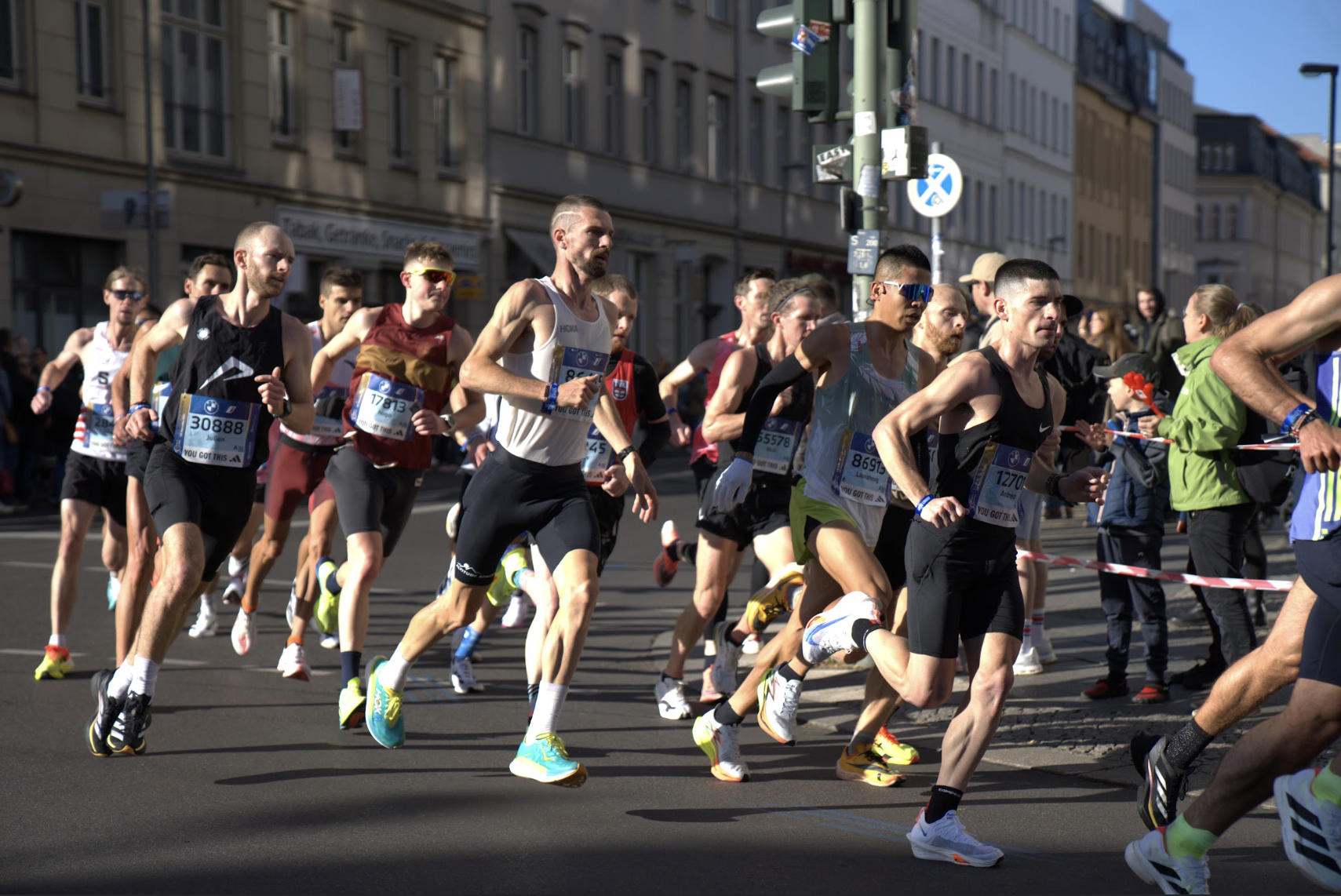
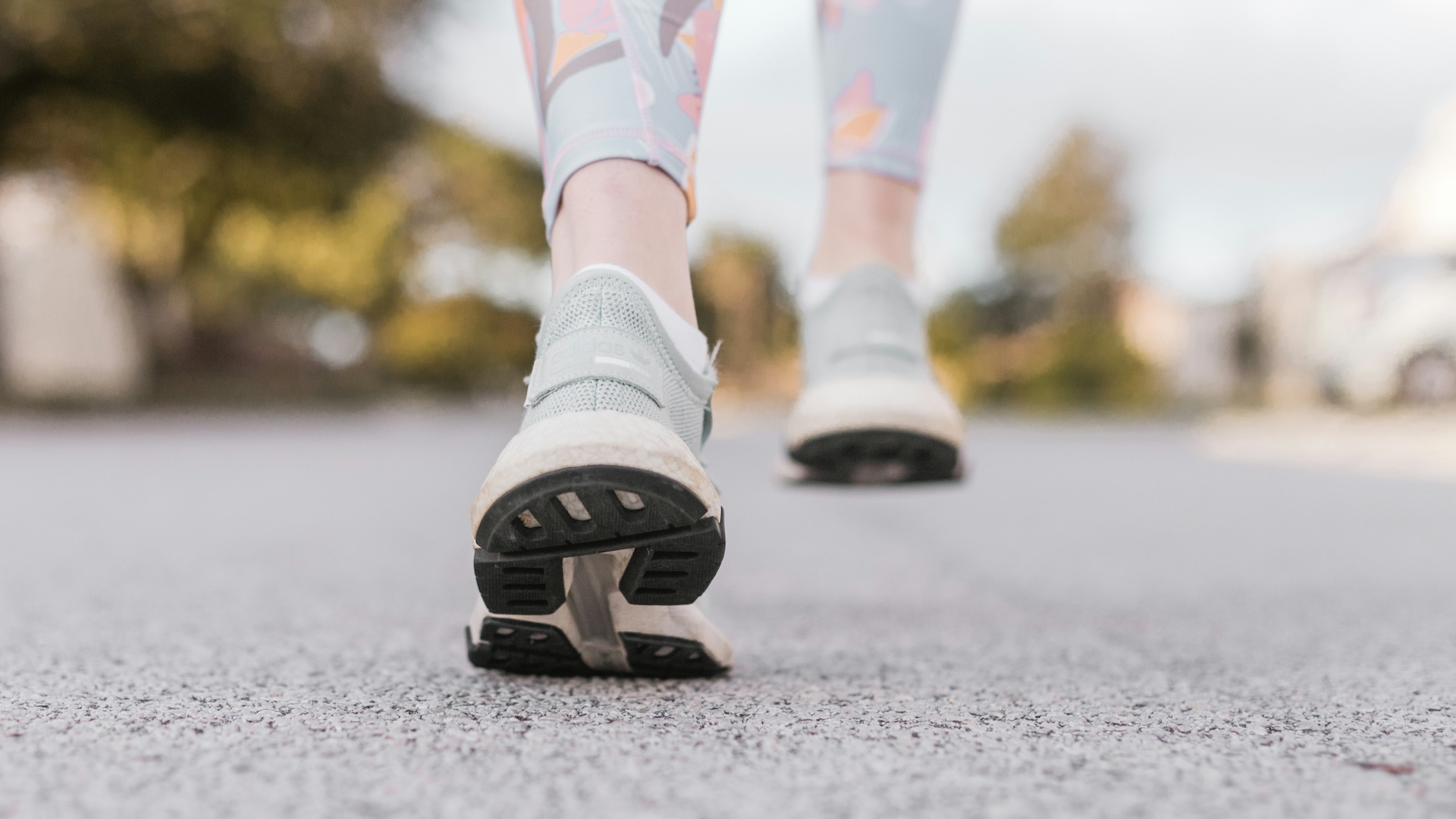

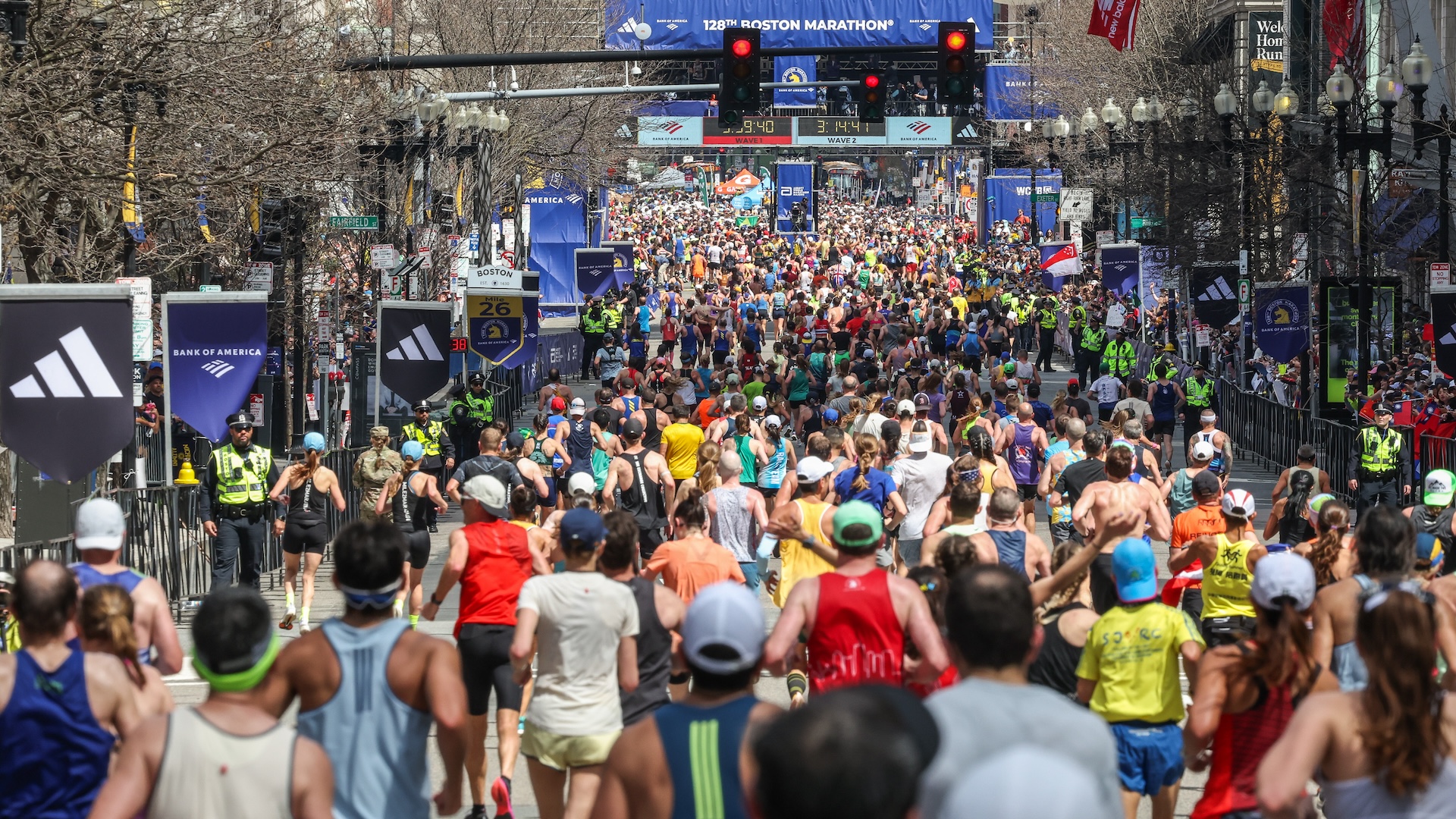
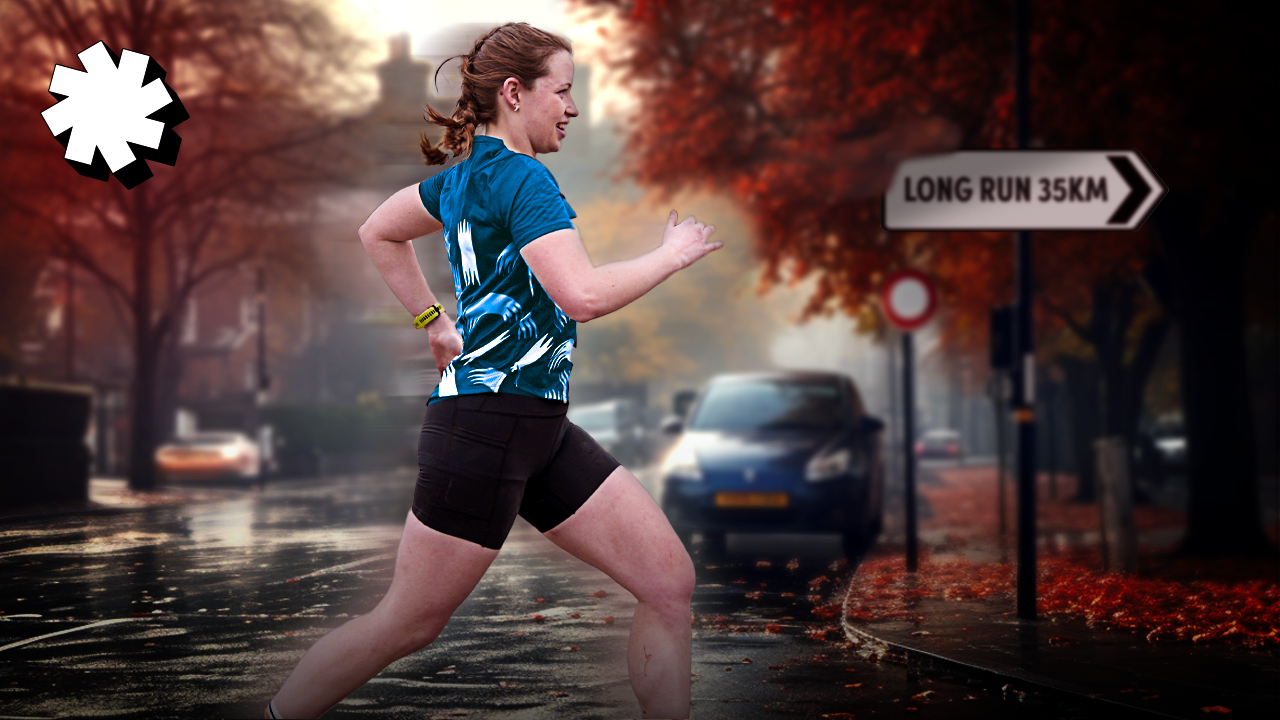
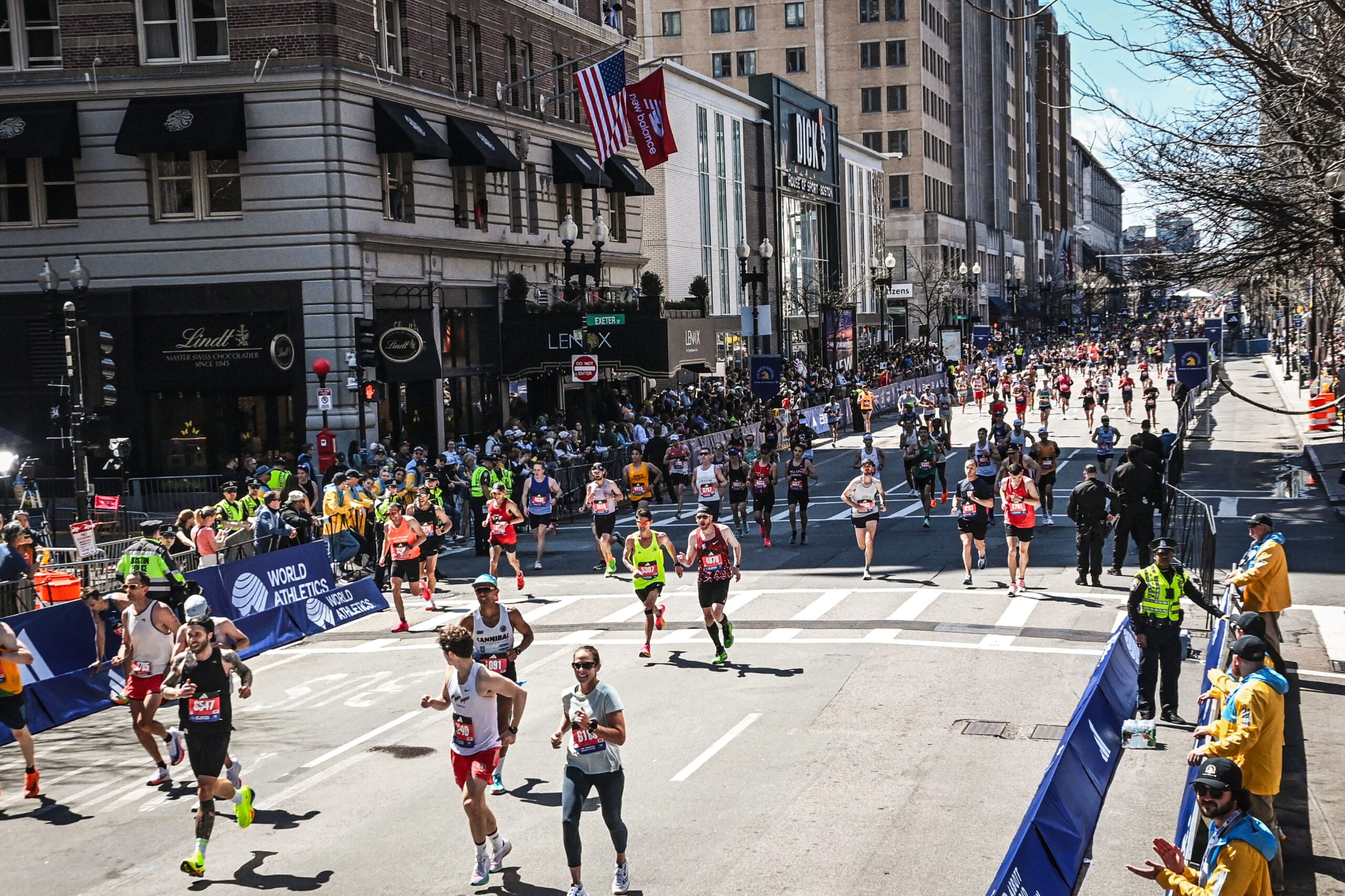
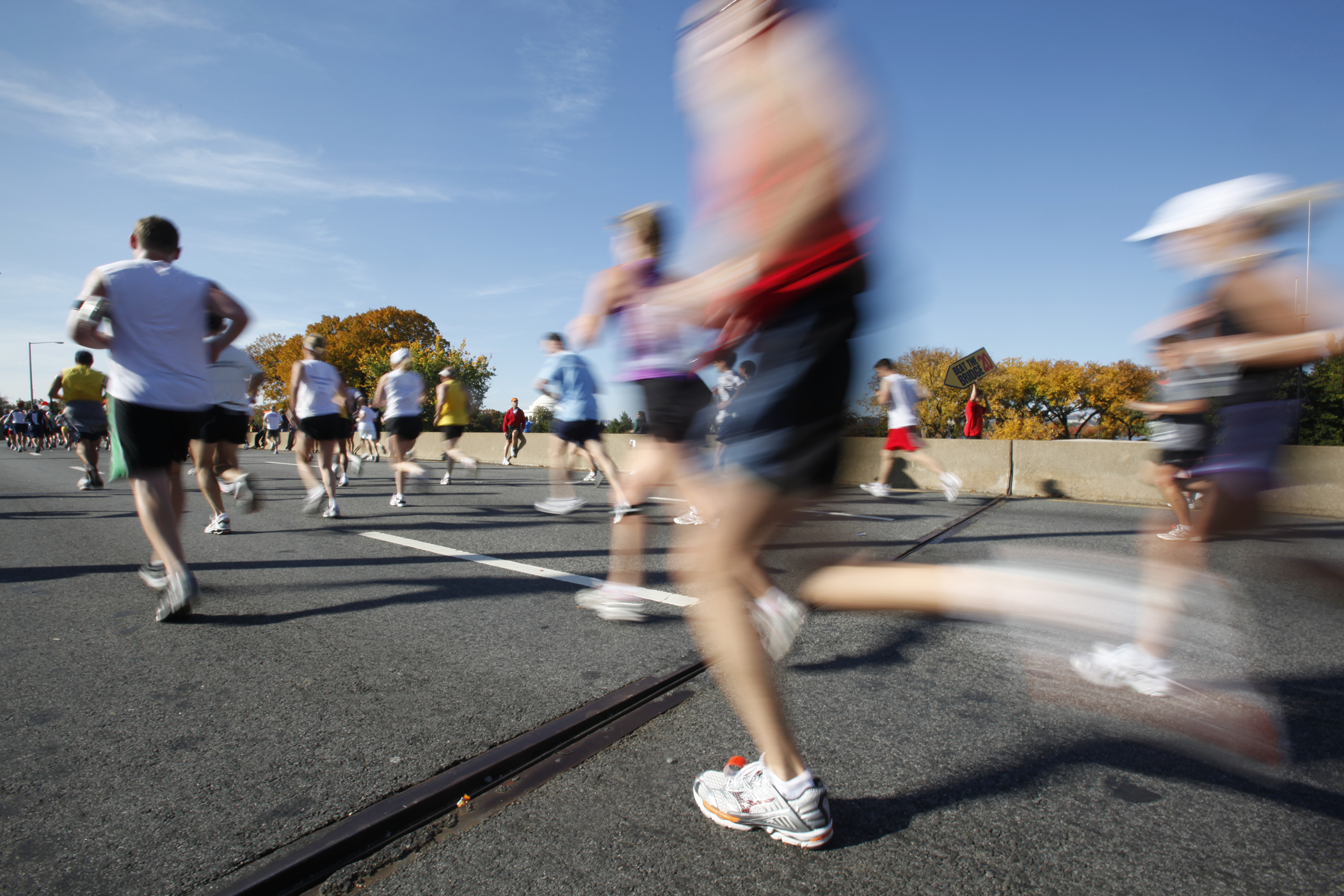

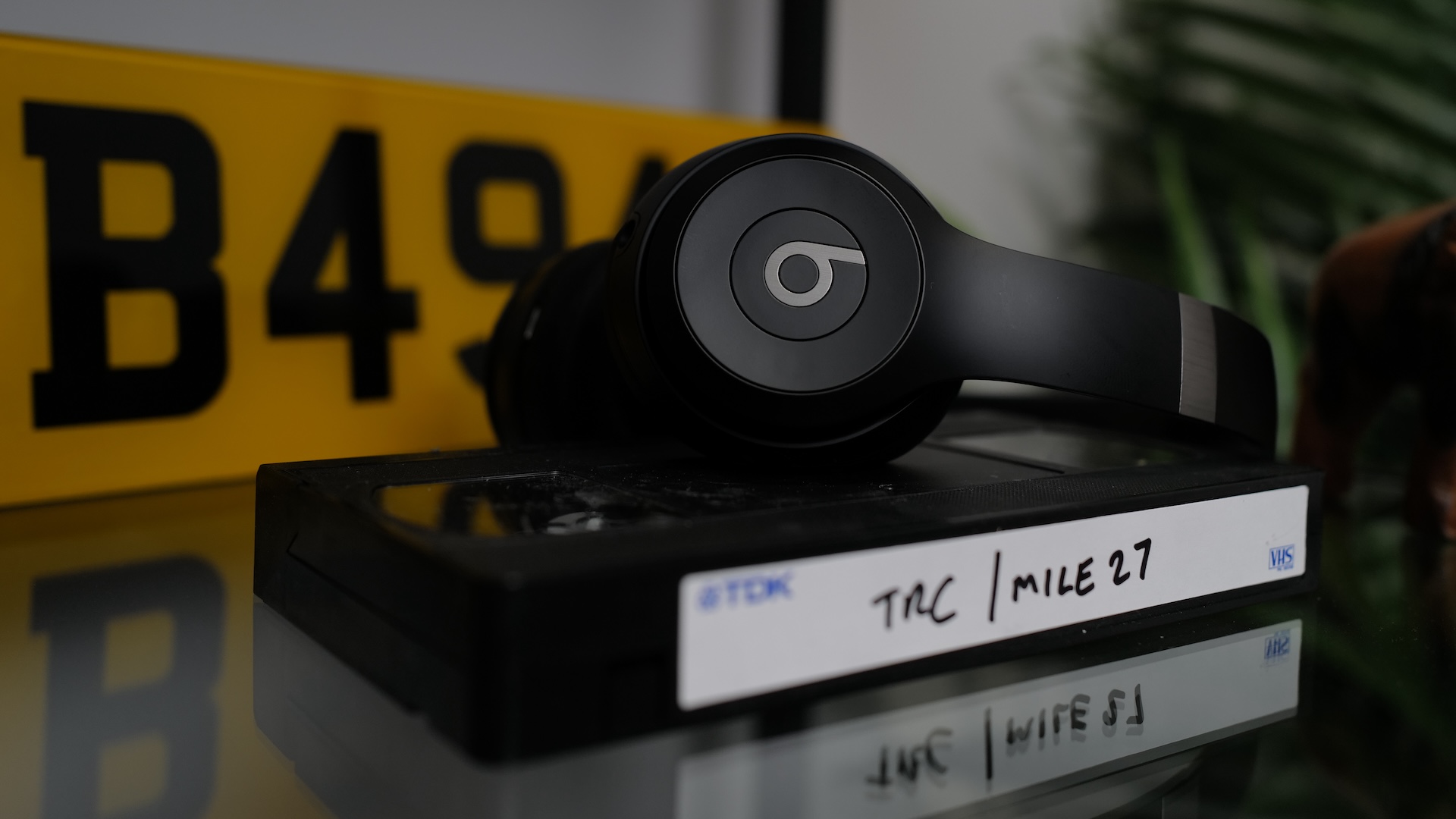

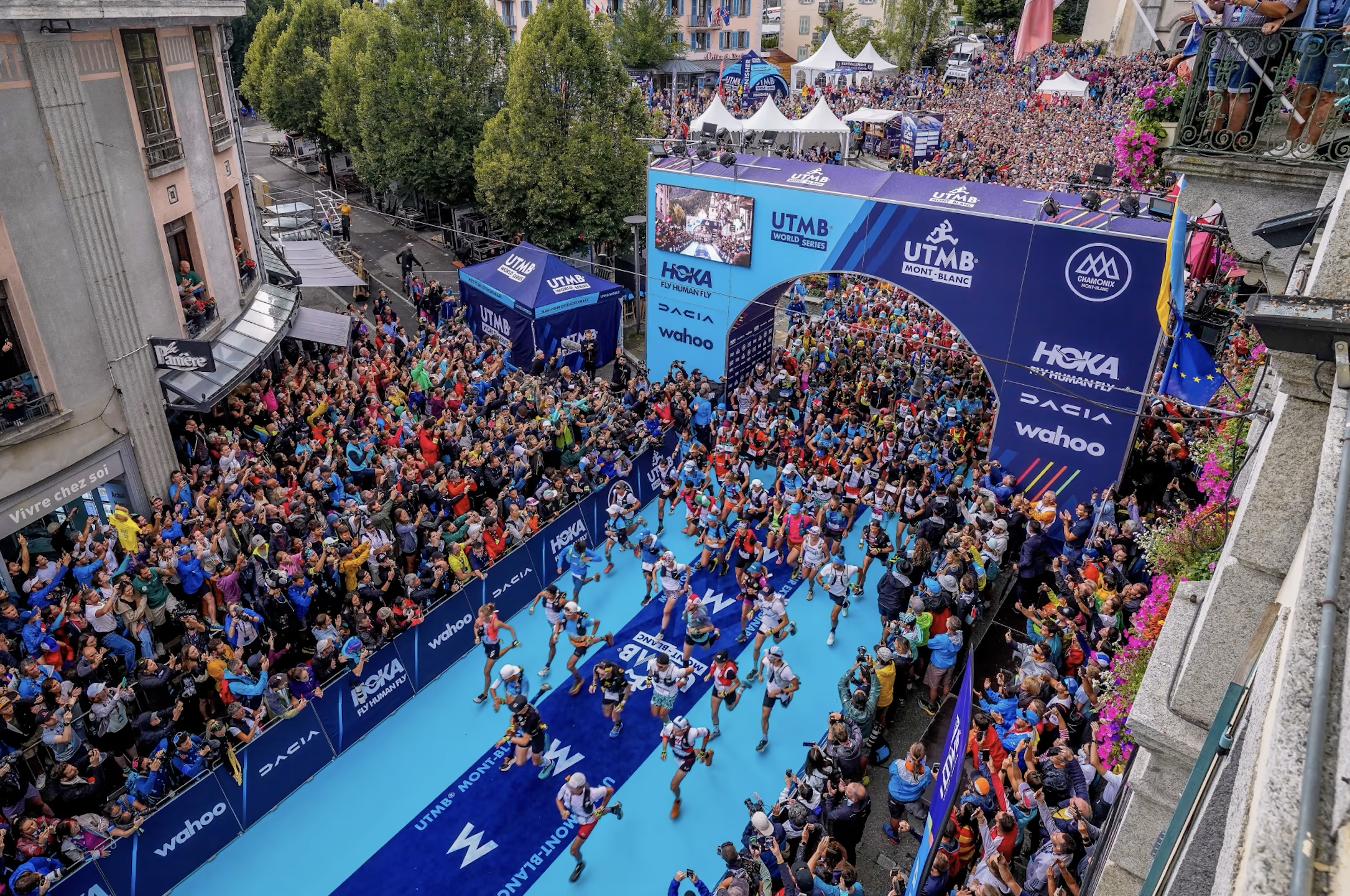

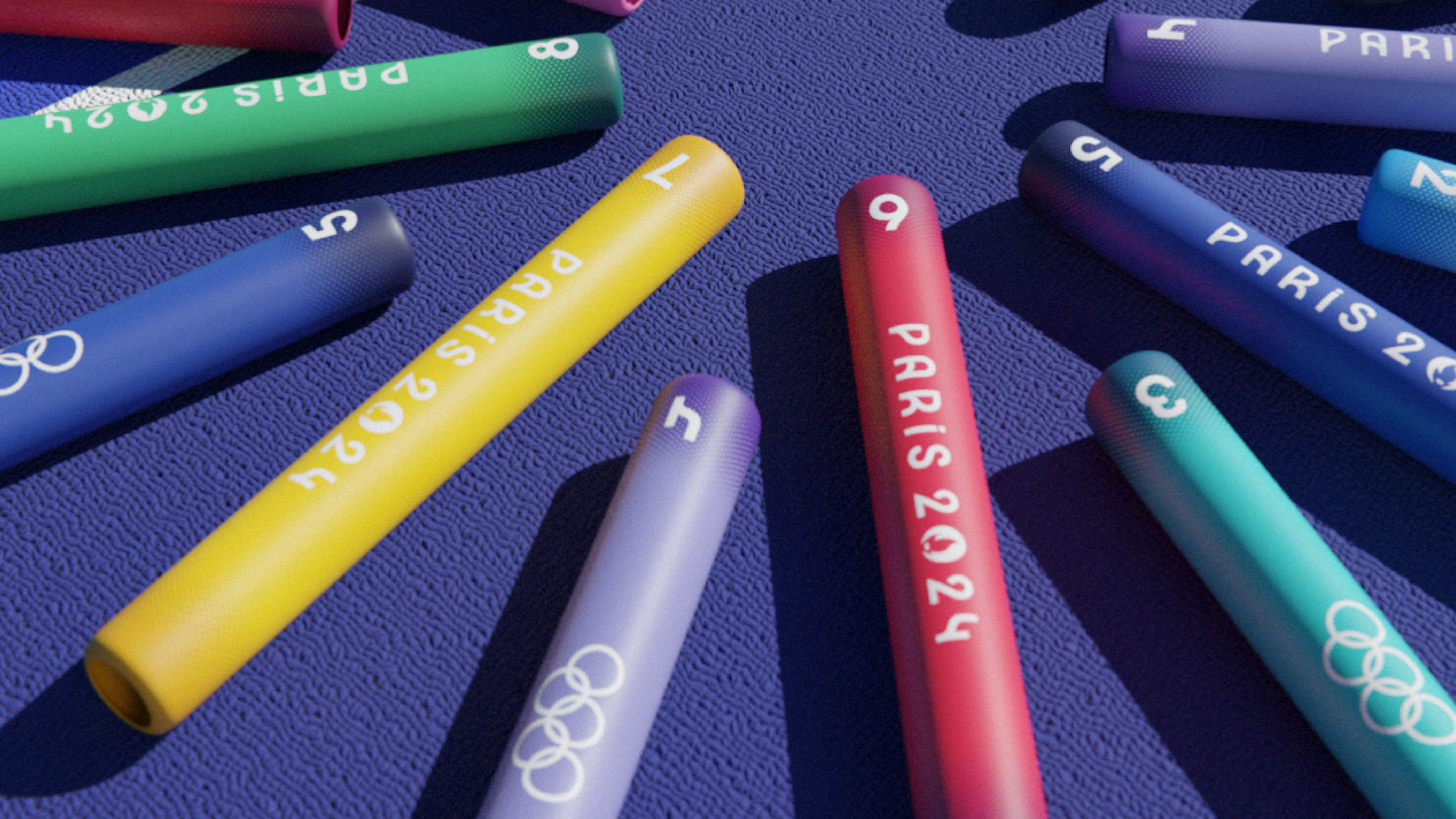
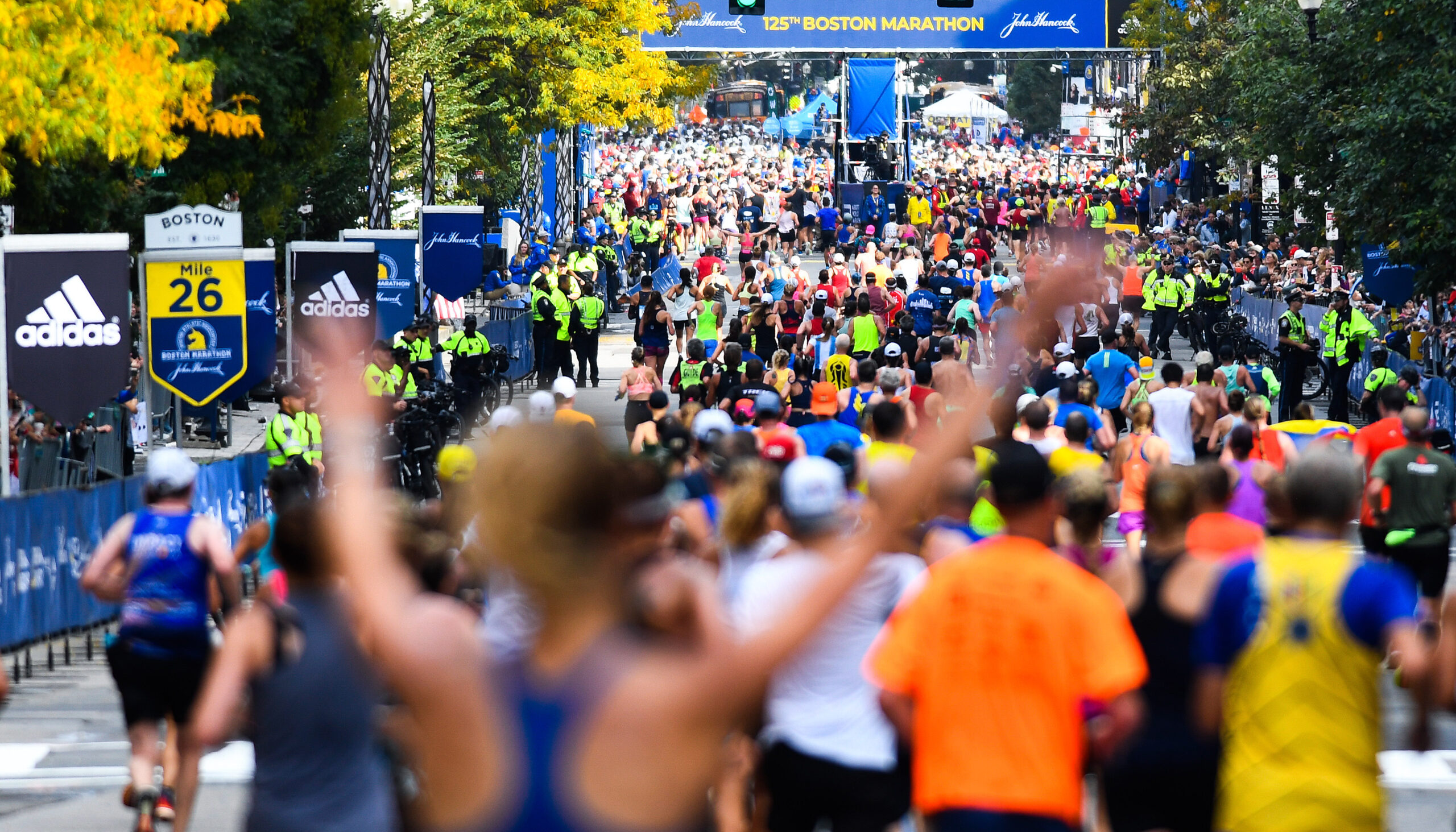
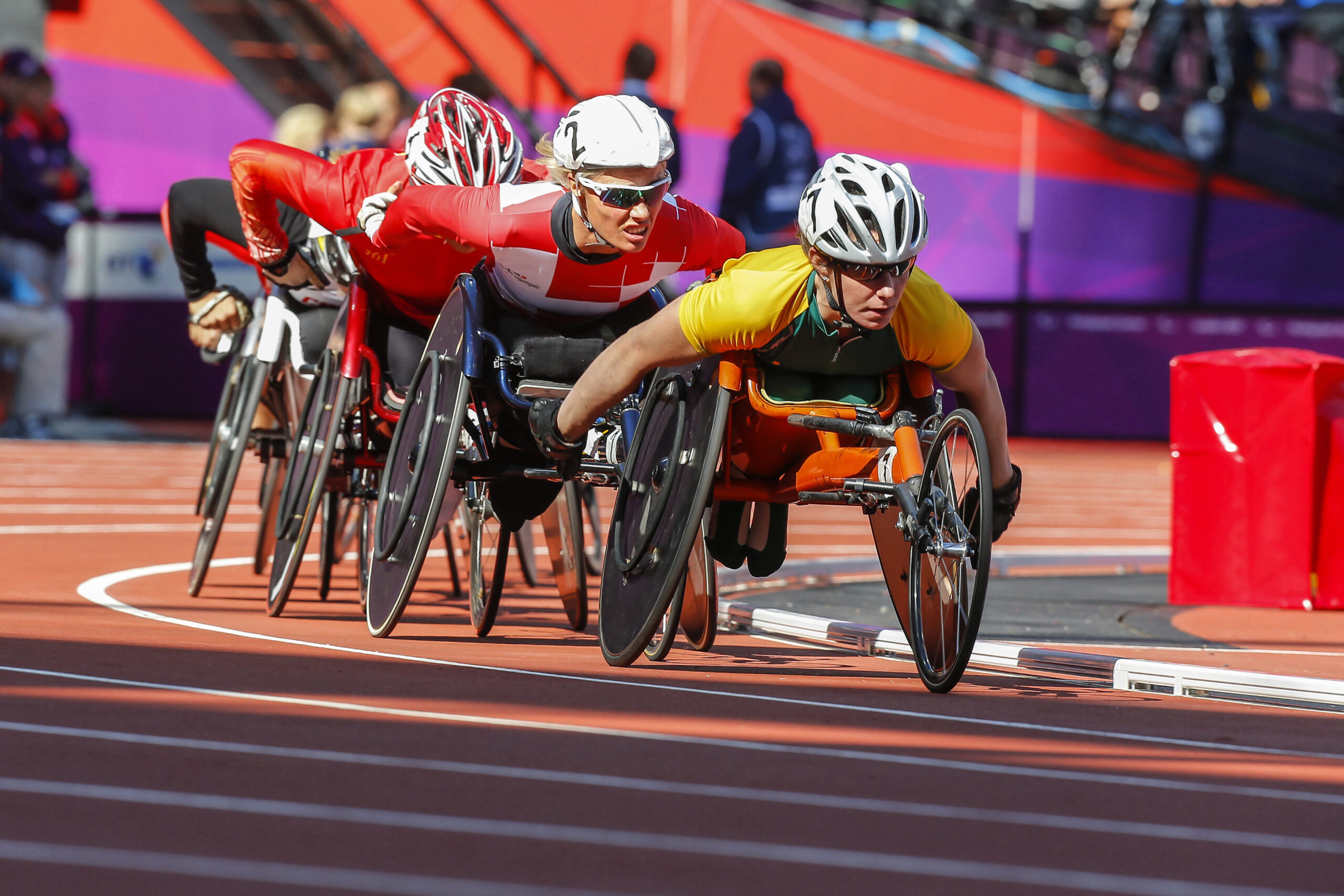


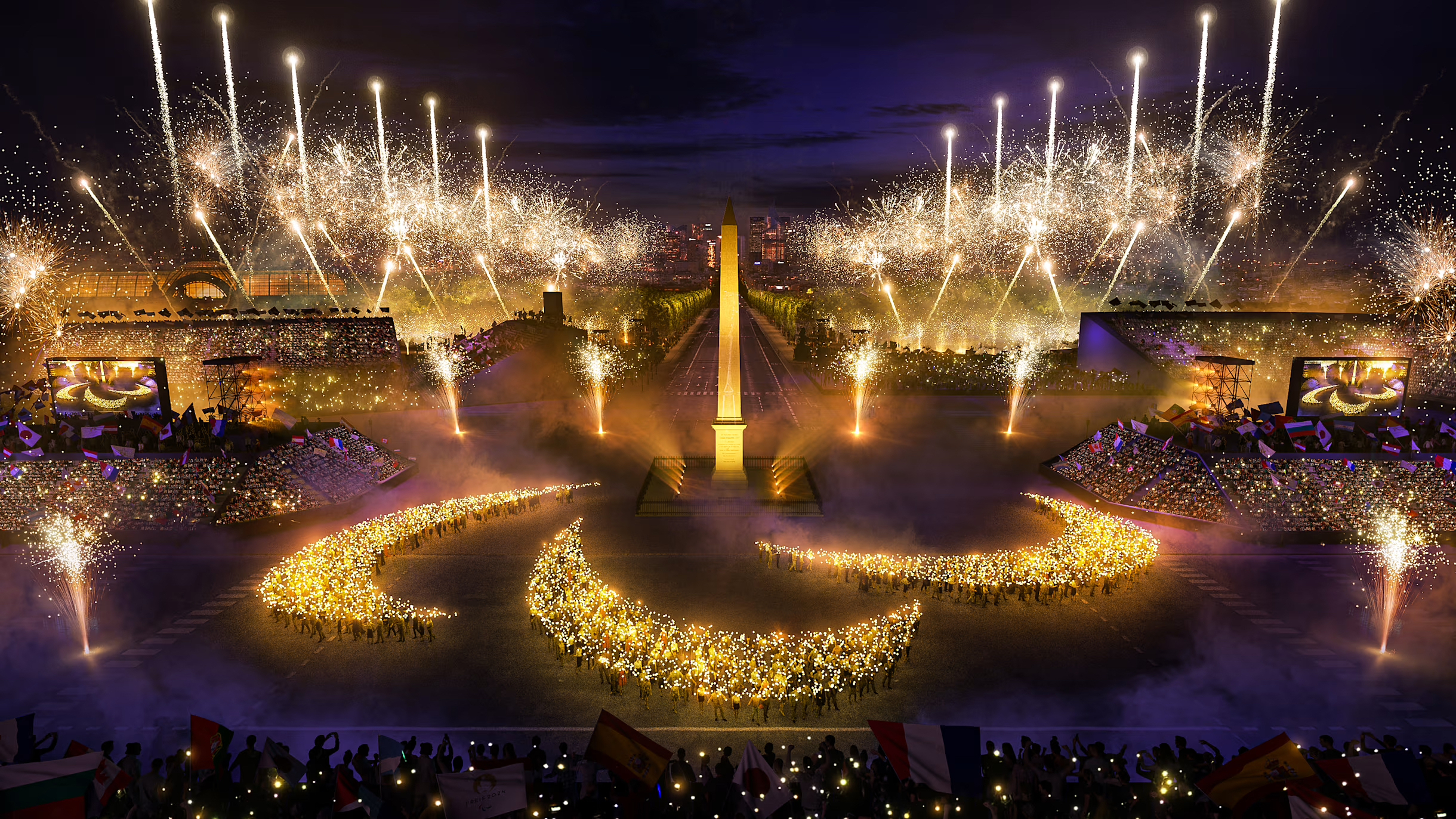
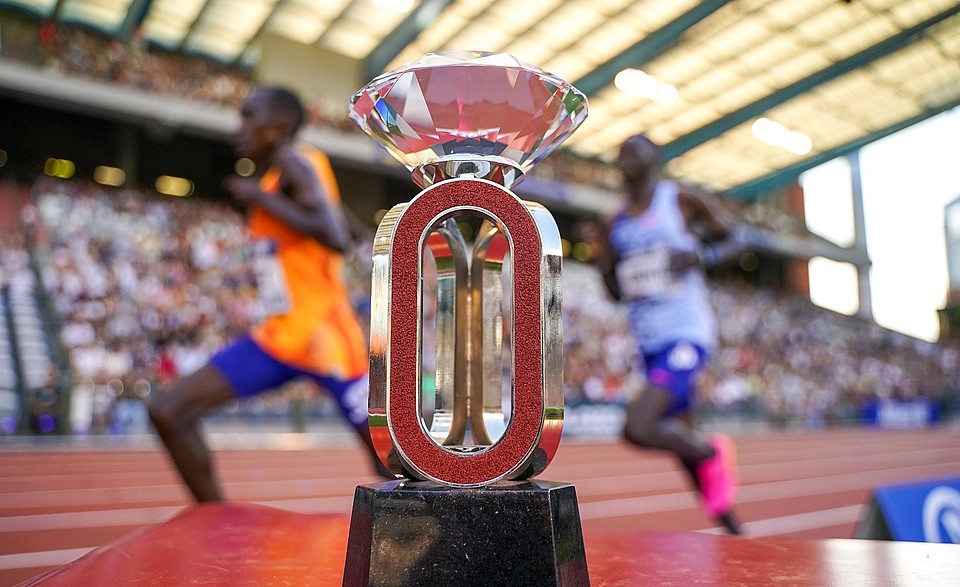
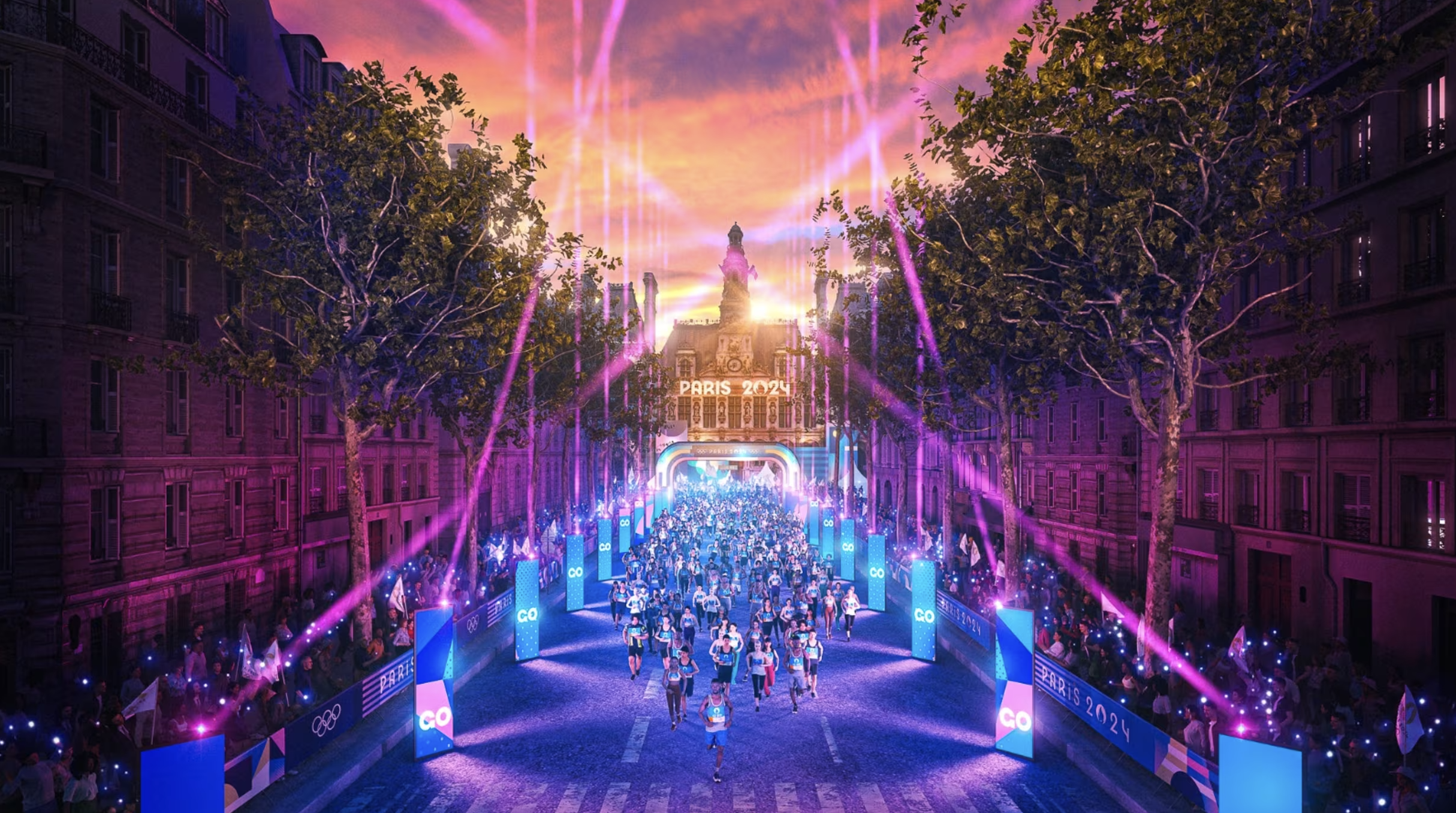
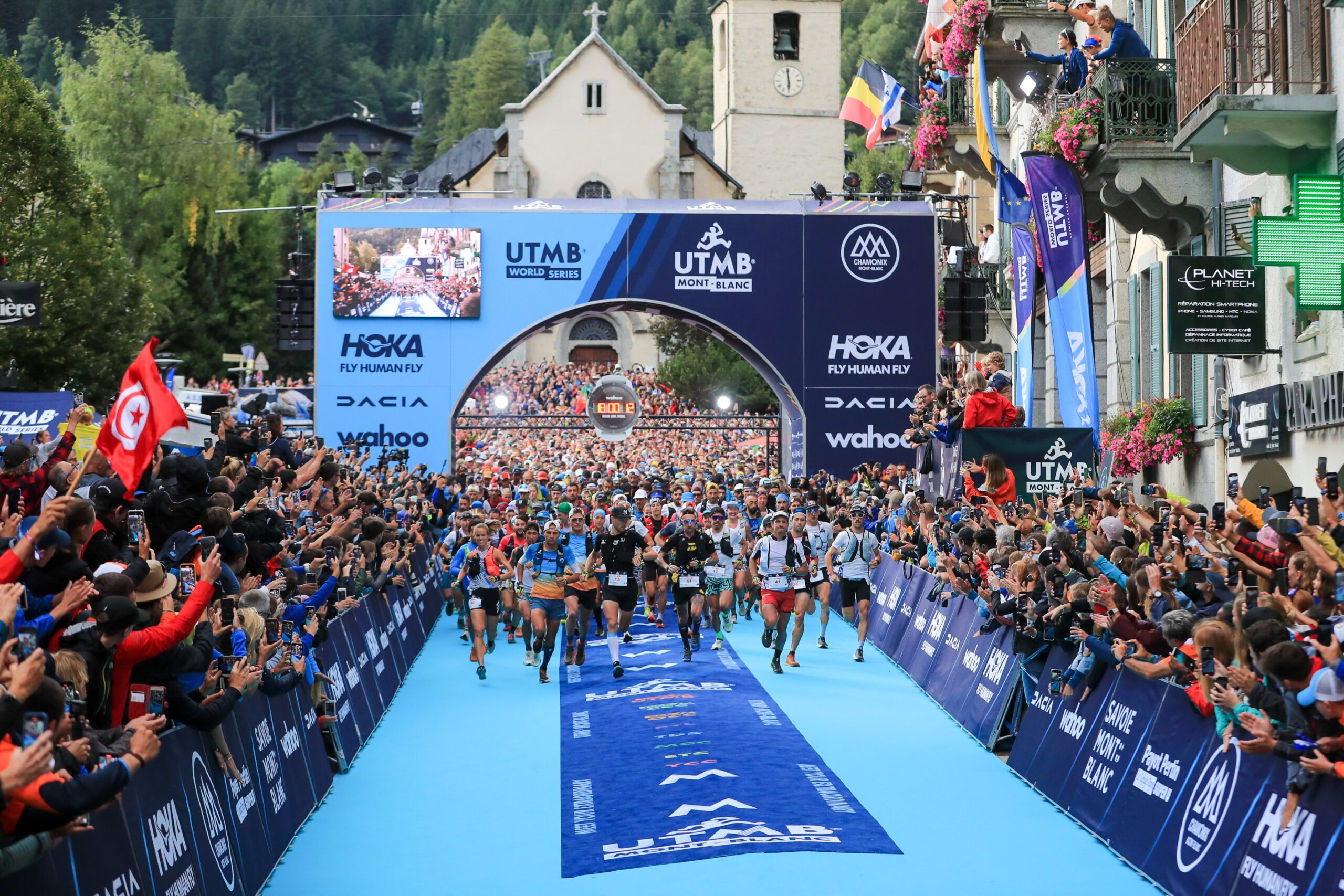
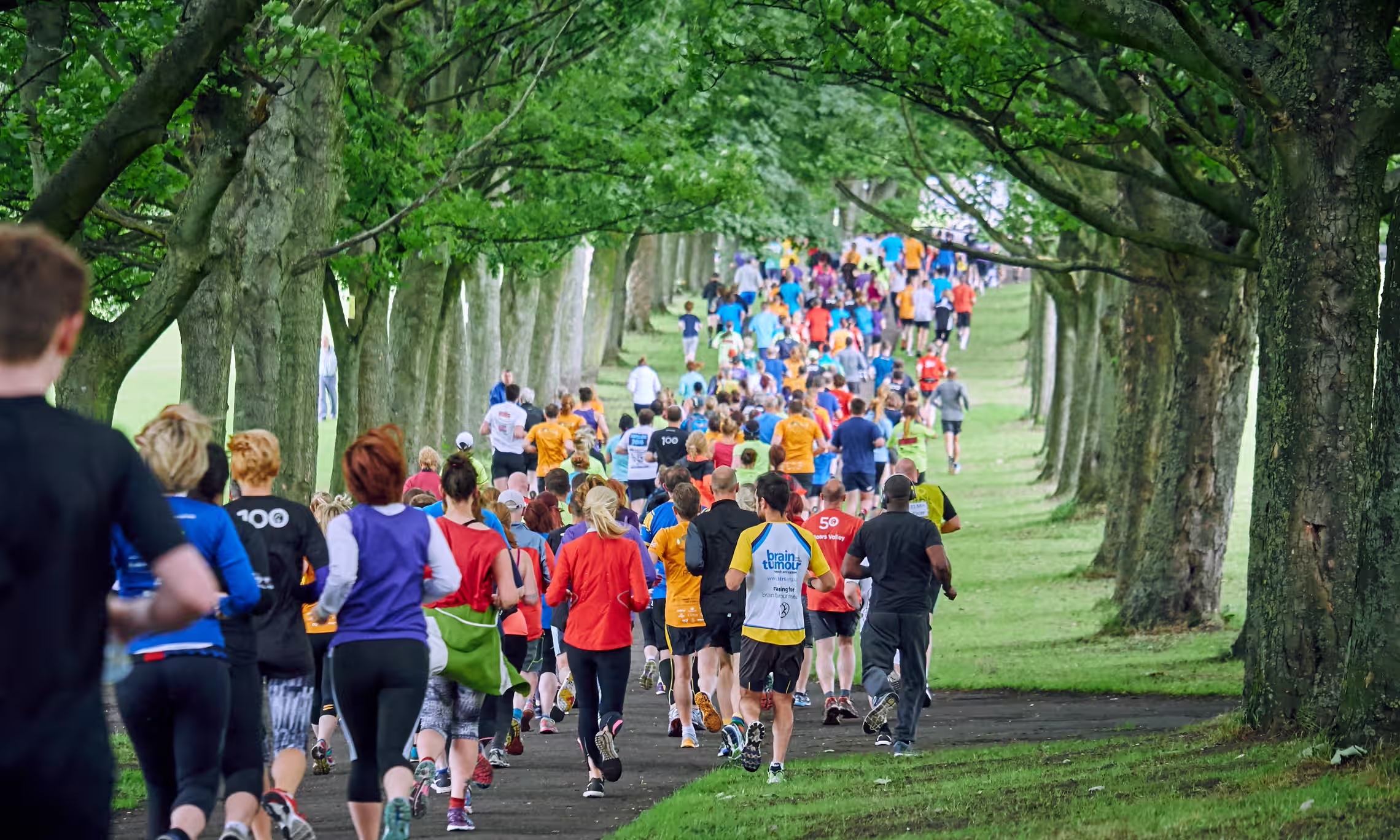
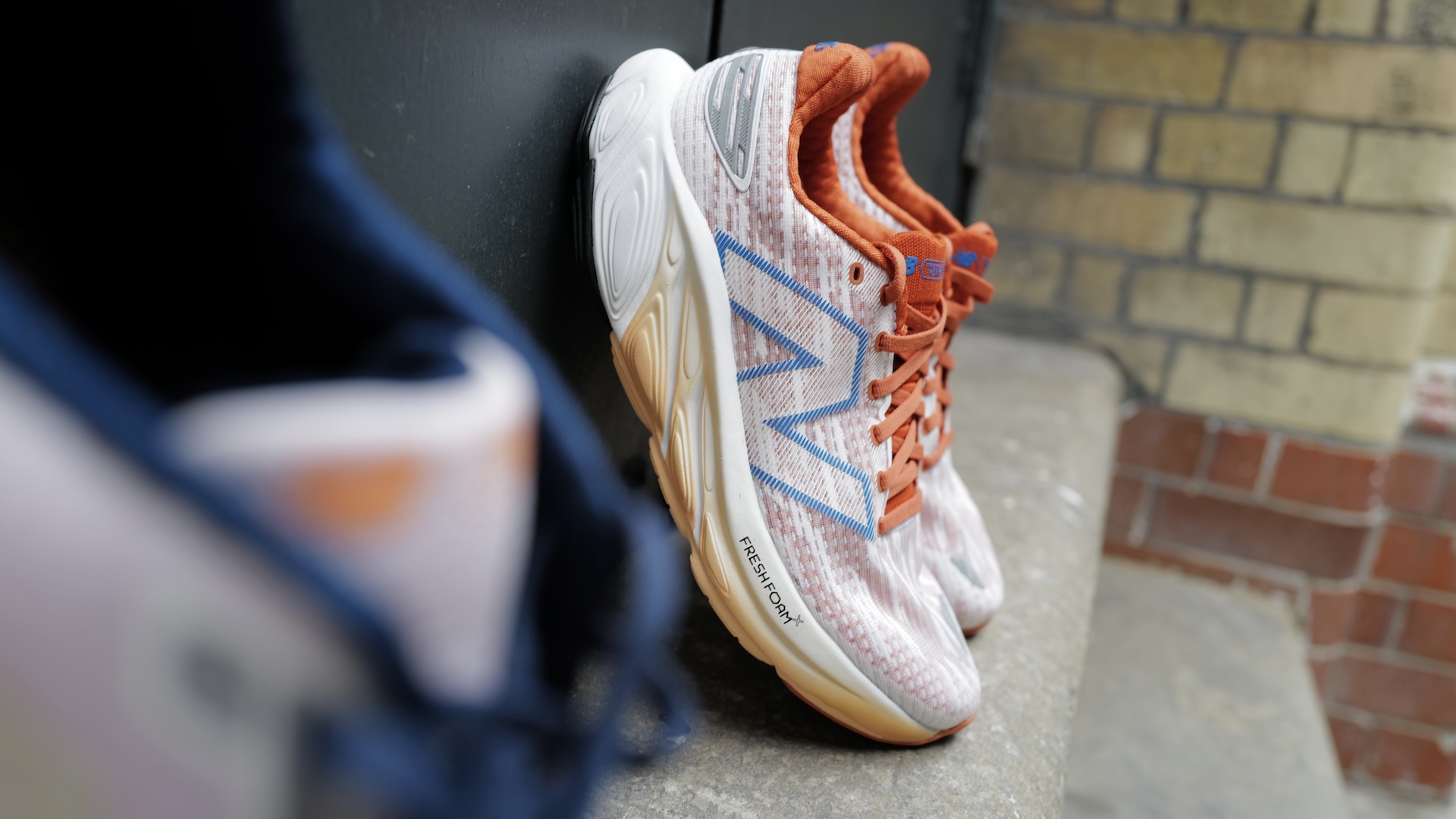
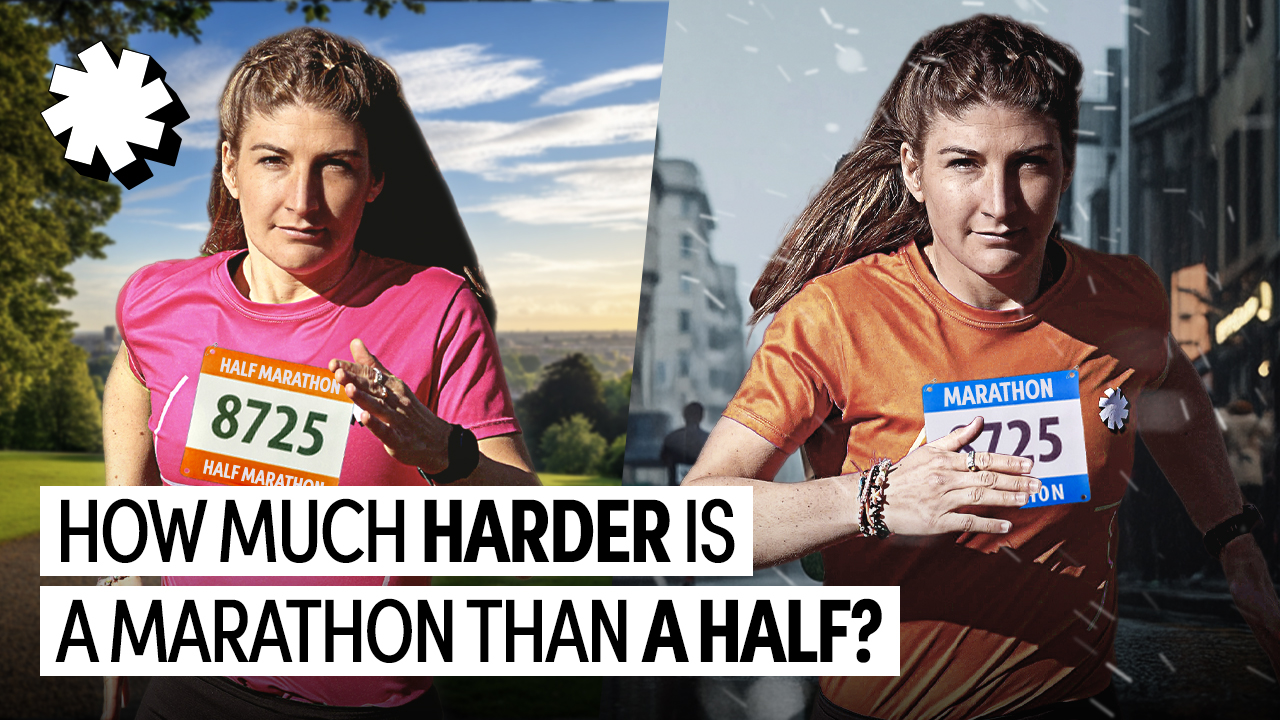

Running News
Ingebrigtsen Stars at World Athletics Indoor Championships 2025 – Plus All The Winners!
Sam Ruthe Is First 15-Year-Old To Run A Four-Minute Mile!
Eliud Kipchoge Will Run The 2025 Sydney Marathon!